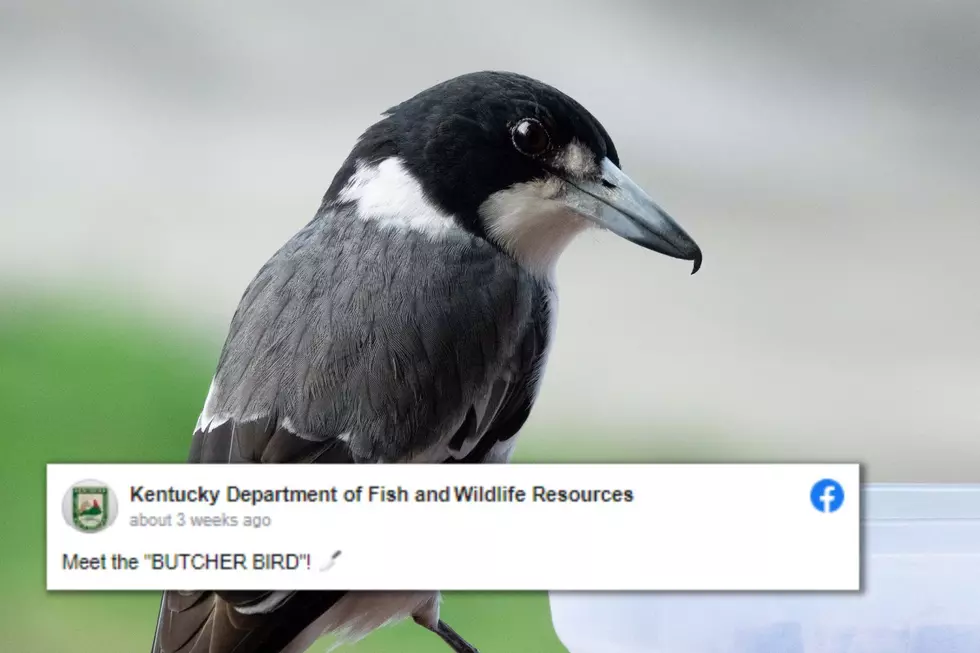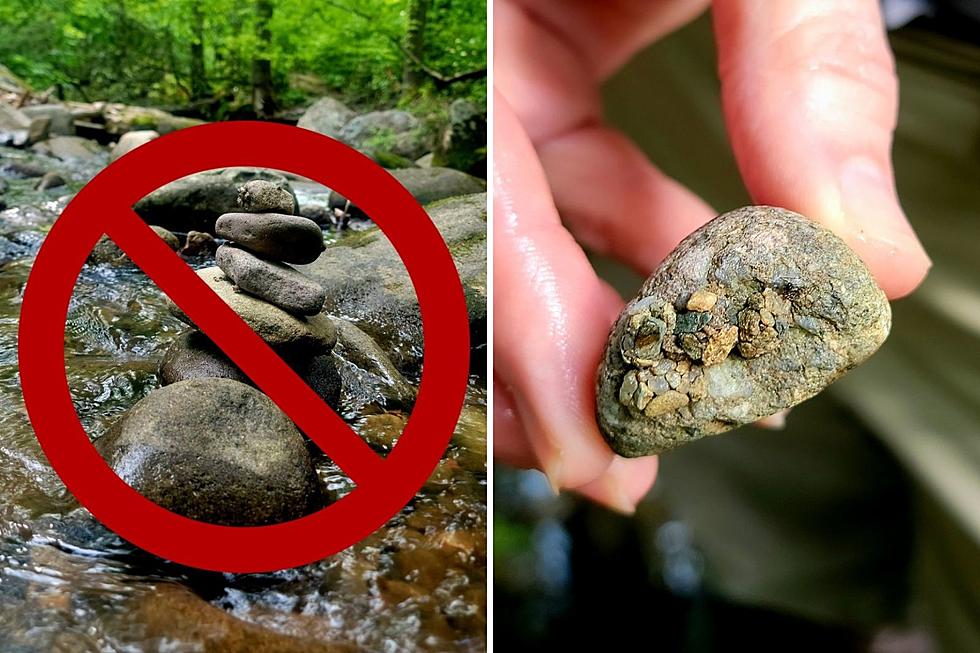
Why This Adorable Kentucky Songbird is Called “The Butcher Bird”
It isn't often that I get to write a headline that pairs the words adorable, vicious, and slay, but that is really the only way to describe the native Kentucky species commonly known as the 'Butcherbird.'
Meet The Butcher
No, not this Butcher.
Commonly known as the Butcherbird or Butcher Bird (and I will explain why it has such a horrific nickname in a moment) this otherwise unassuming little avian is a Loggerhead Skrike. Described as a "songbird with raptors habits," All About Birds says, the Loggerhead Shrike has prominent white flashes of feathers in its wings during flight and can be identified as a
Chunky, big-headed songbird with a thick, hooked bill. It has a gray head with a black mask that wraps across the top of its bill.
It Perches and Waits
Much like raptors many times its size, this pint-sized predator will wait and watch for its prey often sitting perched for a better view before swooping down to catch its kill.
The Loggerhead Shrike uses its thick, hook-shaped bill to pierce its prey but it's what it does next that may be the most disturbing - the Butcher Bird will stockpile its kill by impaling it on thorns or barbed wire to save for later.
Ok, so um ew.... Very Lord of the Flies if you ask me.
The Loggerhead Shrike uses its thick, hook-shaped bill to pierce its prey but it's what it does next that may be the most disturbing - the Butcher Bird will stockpile its kill by impaling it on thorns or barbed wire to save for later. Audubon.org describes the diet of the Loggerhead Shrike,
Diet in summer is mainly insects, especially grasshoppers and crickets, also beetles, wasps, and others. Eats mice and other rodents at all seasons, especially in winter, and eats small birds. Also sometimes included in diet are spiders, snails, frogs, lizards, snakes, crayfish, small fish, and other items.
Then it gets even weirder. The Kentucky Department of Fish and Wildlife said in a Facebook post,
These predatory birds impale their prey on barbed wire or thorns; providing a way to consume and store their food, advertise their territory, and even attract a mate!
I'm sorry, what? They use their impaled prey to attract mates? Kinky...
Nesting and Mating
Butcher Birds build their nests anywhere from five feet to over thirty feet off the ground usually in the dense or thorny brush to act as a sort of boma to protect its eggs from predators. Both the male and female participate in building the nest and they both also feed the fledglings.
Declining Numbers
In the last few decades, the number of Loggerhead Shrikes has begun to decline, although the reason is not fully clear with some speculation pointing to pesticide use leading to changes in the birds' natural habitat. The Kentucky Department of Fish and Wildlife Resources is currently working as part of an international study of this small but mighty predator.
Although technically a songbird, the cardinal-sized loggerhead shrike is an impressive predator with raptor-like habits.
Despite plentiful habitat, loggerhead shrikes have declined throughout much of their range. The Kentucky Department of Fish and Wildlife Resources is currently part of an international effort to study this fascinating bird.



